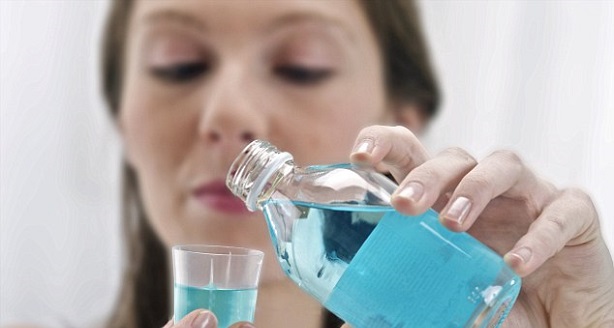A hot topic of debate for many dental professionals is the proper order for oral hygiene routines. Brushing, flossing, and rising are usually mindless actions for many people.
What is Mouthwash?
Typically mouthwash is an antiseptic solution the dentist recommends to help reduce harmful microbials in the mouth. Most mouth rinse comes in liquid form that people swirl around or gargle to help clean teeth, prevent infection, and freshen breath.Mouthwash is also commonly known as an oral rinse or mouth bath.
Why we Use Mouthwash?
The most common use for antiseptic mouth wash is at home oral hygiene. Using mouthwash daily is a good way to maintain better oral health and eliminate bad breath. It effectively reaches areas of the mouth where the toothbrush and dental floss can’t—the back of the throat, inside of cheeks, and between teeth. Anti-plaque rinses specifically eliminate bacterial plaque.
Anti-cavity mouth rinses contain fluoride to help prevent dental decay. However, the daily use of mouthwash does not take the place of brushing and flossing.
When to Use Mouthwash
Those who argue for mouthwash before brushing suggest this practice loosens plaque and food particles, making it easier to remove them by brushing. Also, rinsing right after brushing your teeth can wash away the concentrated fluoride in the toothpaste you use
Those on the opposite side say brushing clears and dislodges the microbial load, and using mouthwash after thoroughly rinses and disinfects the mouth. That said, most dentists agree patients should use a mouthwash containing fluoride after brushing their teeth. And they also suggest you don’t rinse your mouth with water right after either. This gives the rinse more time to work and more effectively protects your teeth.

How to Rinse with Mouthwash
Here are some steps to follow:
A:Start with about 20ml (don’t drink right from the bottle)
B:Pour it in your mouth and swish around for half a minute
C:Take in a deep breath and tilt your head back
D:Gargle by saying “ahhhh,” in a low tone, and do it as slowly as you can
E:Tilt your head forward, take in another breath, and swish once more
F:Do not swallow, but spit rinse into the sink
Importent Note:
you don’t eat or drink for 30 minutes after using mouthwash. If you do not rinse with or drink water immediately after it gives the residual solution more time to kill bacteria and keep your breath fresh.
Leave a Reply